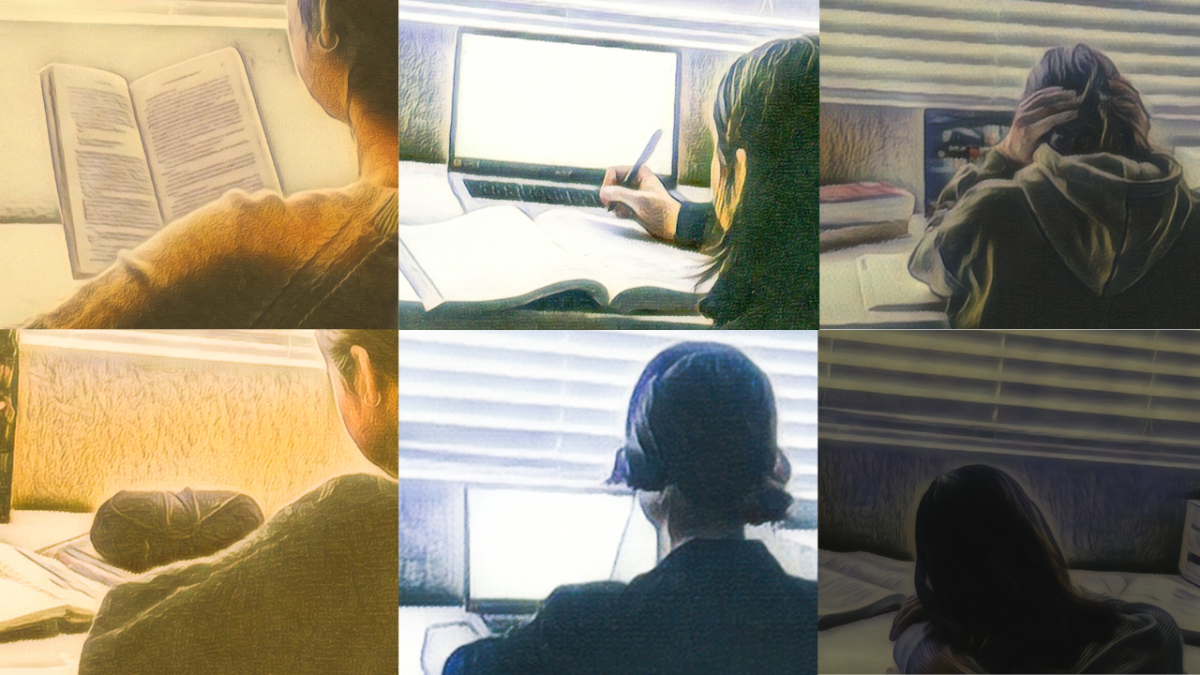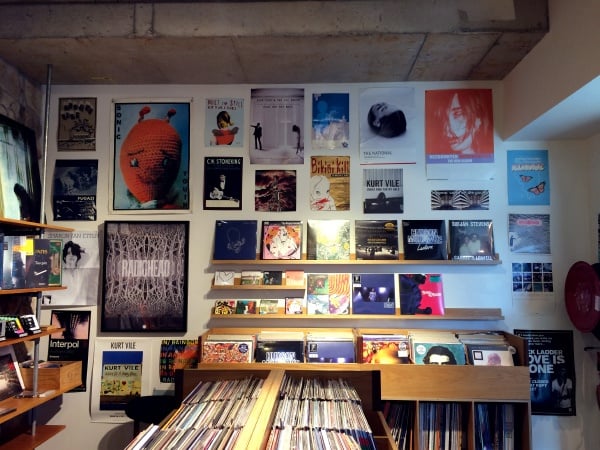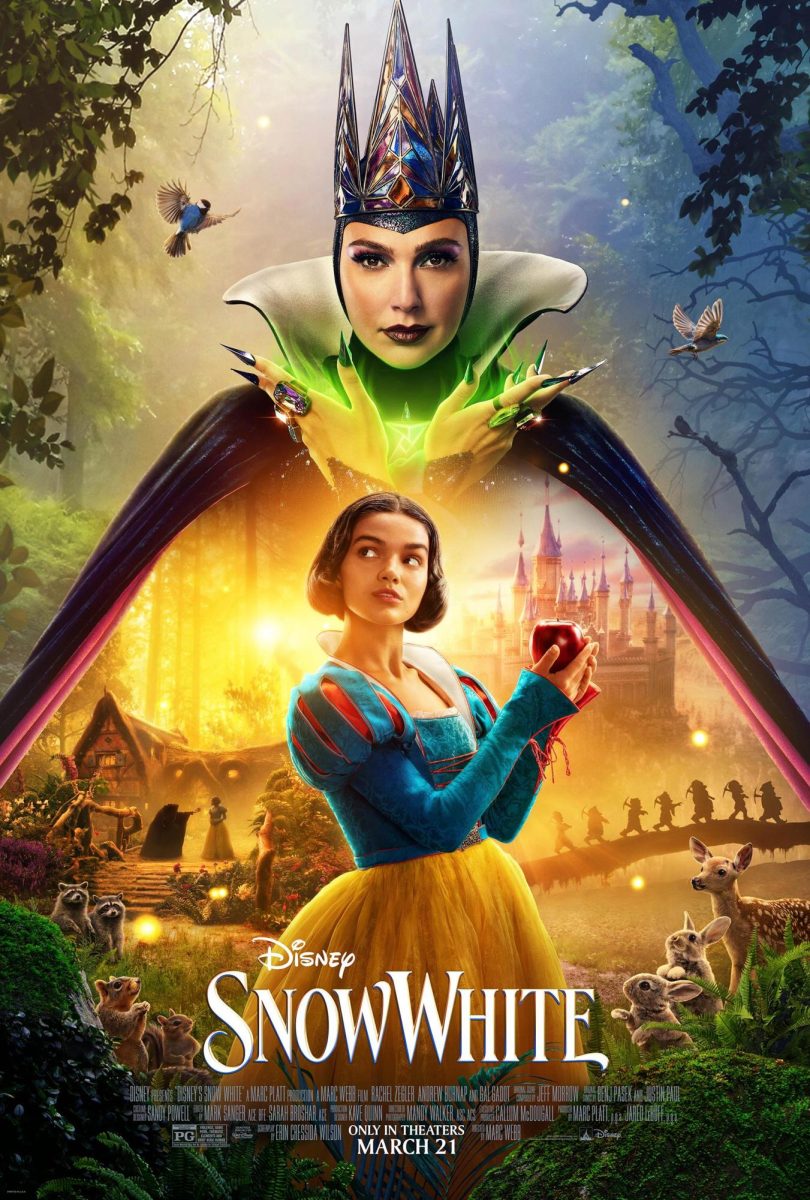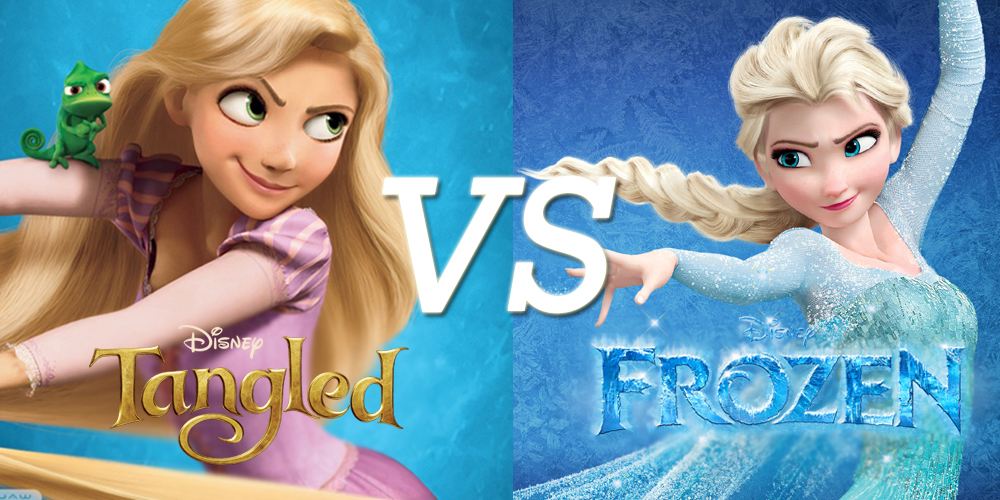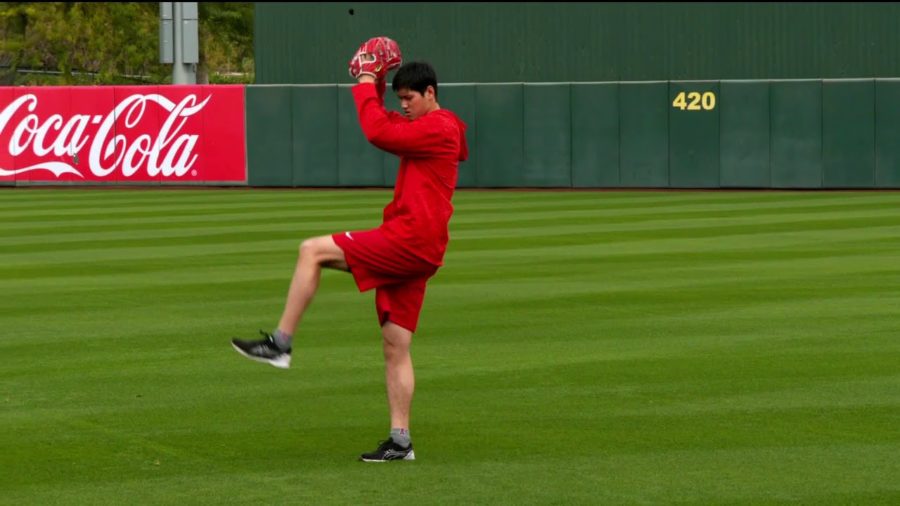MLB to Return After Several Months of Lockout
Shohei Ohtani, of the Los Angeles Angels, practicing for the upcoming season in the Angels Spring training field. Ohtani, last season’s MVP, reportedly expressed much excitement for the upcoming season with the newly adjusted rules.
March 21, 2022
MLB fans around the globe engaged in widespread celebration last Thursday as the MLB and MLB Players’ Association finally reached a new labor agreement. After 99 straight days of lockout, with the fate of the 2022 season dangling in an ambiguous limbo, the new Collective Bargain Agreement now allows pro-baseball to return, in full swing, just in time for spring training. For longer than anticipated, the happenings of the MLB were put on hold during what is now being called “baseball’s first work stoppage since 1994” (CBS).
The severity and duration of the lockout caused much concern for baseball aficionados throughout the world who have been anxiously awaiting a new season, since the Atlanta Braes won the World Series last November. The lockout began in December of 2021, following the unanimous vote by the MLB Owners Board to enact a lockout following the expiration of the 2016 Collective Bargaining Agreementbetween the players and league. According to MLB commissioner Rob Mandred, the lockout was a “means of creating leverage during negotiations with the players’ union” (MLB).
In Major League Baseball, and in all professional sports associations, a lockout is “a work stoppage implemented by owners or management during a labor dispute with their workers” (SportsNaut). In short, a lockout occurs when there are contract disputes between free agents, contracted players, and team coordinators. In this case, owners stopped all teams from communicating with protection players and forbade all player transactions. It’s different from a strike because in a strike, the players –represented by their union– put a halt to the operation until some sort of an agreement is reached. A lockout, however, occurs by the request of the management side of the operation, and management is responsible for the work halt.
This particular lockout was implemented by MLB commissioner, Rob Manfred, a controversial figure whose solution to the Houston Astros’ trash can cheating scandal left many enraged with doubts of the legitimacy of the MLB. Mandreed, supposedly representing the sentiment of the majority of players, claimed that the antiquated rules of MLB contracts were no longer suitable to the modern day player. This same argument was debated in a Collective Bargaining Agreement in 2016; however, the players’ union was left dissatisfied with the results (ESPN).
For months, team owners, union representatives, and MLB upper management argued back and forth regarding the players’ salaries, arbitration, team salary caps, and draft rules, among other things. While the lockout received mass media attention from the start, its influences inflamed in mid-February when the MLB officially postponed the start of Spring training until March 5. In an official MLB statement, the MLB said that they are “working hard toward starting the season on time,” yet fans remained in a state of unprecedented shock as Spring Training typically commences during mid-February (MLB).
On March 9, matters turned for the worse, and the first two weeks of the regular MLB season were canceled. Despite the months of negotiations, no conclusion could be reached, and the future of the upcoming season continued to hang in ambiguity. MLB fans shared a worldwide grumble of protest, as the MLB’s predicament seemed to only appear worse and worse.
The situation seemed to be spiraling into a downfall of postponements and cancellations, when on March 10, the MLB shocked the world with a surprising announcement: the MLB lockout had finally ended, and the regular baseball season of 162 glorious games would commence on 4/7/2022.
As for the business end of the deal, the Collective Bargaining Agreement includes a revamped draft lottery to better distribute the number of mega-talented players per team. Furthermore, the new CBA created a bonus pool for younger players who have played for 1-3 years and accomplished a particular milestone (like receiving an inter-league award). The minimum starting salary for MLB players was also increased by $200,000. Most shockingly, the National League is now required to use a designated hitter, rather than have the pitcher bat and pitch in the same inning.At the end of the day, little has changed in the eyes of baseball fans, other than the designated hitter rule. Despite the abundance of information regarding the lockout on the internet, many fans don’t know, and don’t care to know, what happened from December to March in the MLB. Most fans, including Astrid Juarez (11), are just excited to see baseball back in business. “I don’t even care what happened,” Juarez lamented, “as long as I get to see Ohtani play again.”


